It has been quite some time since we’ve had dwarf shrubs and tiny pots of conifers available, and, with the rise in popularity of miniature and container gardening, I decided it was time to see what might be worth getting in for fall miniature gardening projects. Truthfully, these aren’t just for that purpose but can also be used in containers, and all of them are suitable for the garden too.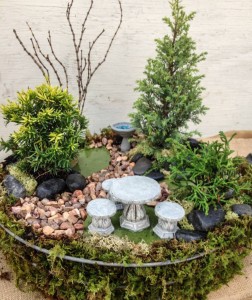
With this in mind I placed the order with a very reputable grower in the Northwest. And, even though they’re from quite a distance both in miles and climate, I’m hoping these selections will work here as well. I worked with the salesperson to find the best possible plants for the Southeast, and these cultivars are interesting and not too expensive if you’d like to give some a try.
The day finally came when they arrived, and each one was unpacked and watered, then placed in flats and set into the nursery. I found time the other day to put together a couple of miniature gardens as examples of what can be done with these diminutive offerings. The small evergreens really add a sense of reality to a miniature landscape.
 Here also are pictures of a couple of groupings I pulled together to give you an idea of what is available as of October, 2014. In the first picture, left-right and front-back, they’re as follows:
Here also are pictures of a couple of groupings I pulled together to give you an idea of what is available as of October, 2014. In the first picture, left-right and front-back, they’re as follows:
Ulmus parviflora ‘Hokkaido’: This tiny dwarf Chinese or lacebark elm should only grow 1″-2″ a year. It’s much sought after for bonsai, trough, and miniature gardens, and its bark exfoliates with age. It may grow to just 1′ tall over a period of 5 years.
Cotoneaster microphyllus ‘Thymifolius’: Thyme leaf cotoneaster. This tiny version has red berries just like its larger relative, and it’s branches can be trained upright to form “trees” in a miniature garden.
Ilex crenata ‘Jersey Jewel’: A holly with unique structural form, this one is also good for rock gardens.
Juniperus communis ‘Miniature’: A slow-growing ( 2″-4″ a year) bluish-green juniper with a narrow growth habit. Also good for rock gardens in part shade. Mature height is 3′ and 1′ wide.
Chamaecyparis obtusa ‘Thoweii’: A narrow upright specimen, it will grow roughly 3″-6″ a year. It matures into a fairly narrow tree. Errant branches can be pruned to maintain the spire-like shape.
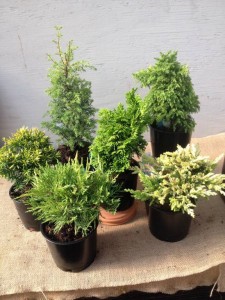 Interesting choices, right? Here’s another grouping, again L-R and front-back:
Interesting choices, right? Here’s another grouping, again L-R and front-back:
Juniperus x pfitzeriana ‘Golden Joy’: This juniper has a spreading habit and will get larger, increasing in size by 3″-6″ a year. Still, an interesting choice for a container until it outgrows it; then find a place for it in the landscape.
Juniperus horizontalis ‘Gold Strike’: Vivid yellow foliage on this spreading juniper makes quite a statement in a container. This one will need protection from our hot summer sun; give it some shade, especially in the afternoon. It’s a slow-growing, spreading dwarf juniper with a mature height of roughly 6″ and ultimate width 6″ in 10 years.
Taxus cuspidata ‘Nana Aurescens’: The new growth of this dwarf spreading (3′-4′) selection of Japanese yew is golden, hence the name ‘Aurescens’. Growth rate is estimated at 3″-6″ a year and ultimate height is 2′. Best grown in part shade, where foliage color will be a bit more chartreuse. Please be sure you have really good drainage if you try to grow this yew since it won’t tolerate wet, poorly drained soil.
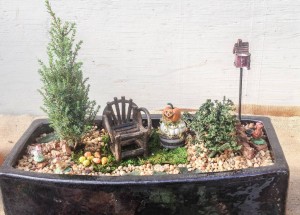
Left: Juniperis communis ‘Miniature’ Right: Ulmus parviflora ‘Hokkaido’
Chamaecyparis obtusa ‘Nana Lutea’: New growth on this golden dwarf Hinoki cypress is a vibrant yellow, and the growth rate is 3″-5″ a year. It’s a beautiful specimen for containers or the small garden, rarely growing larger than 3′, with an upright, irregular, pyramidal habit.
Juniperus communis ‘Gold Cone’: Eventually this juniper will reach a height of 3′-5′ but has a narrow growth habit of only 1′-2′.
Cryptomeria japonica ‘Twinkle Toes’: A selection with very tight, congested foliage, it has a conical shape and irregular habit. An interesting specimen at its mature height of 2′-3′.
I don’t know about you but more than a few of these are now on my “want to grow” list, whether it’s in a miniature garden, a pretty pot, or placed in a special spot in the landscape. Best of all, the pots are really small, so there’s no major hole digging to do!
We will have these in stock until they sell out; so, if you’re interested, come in and take a look soon. If you miss out on this selection, next spring will be your next chance!


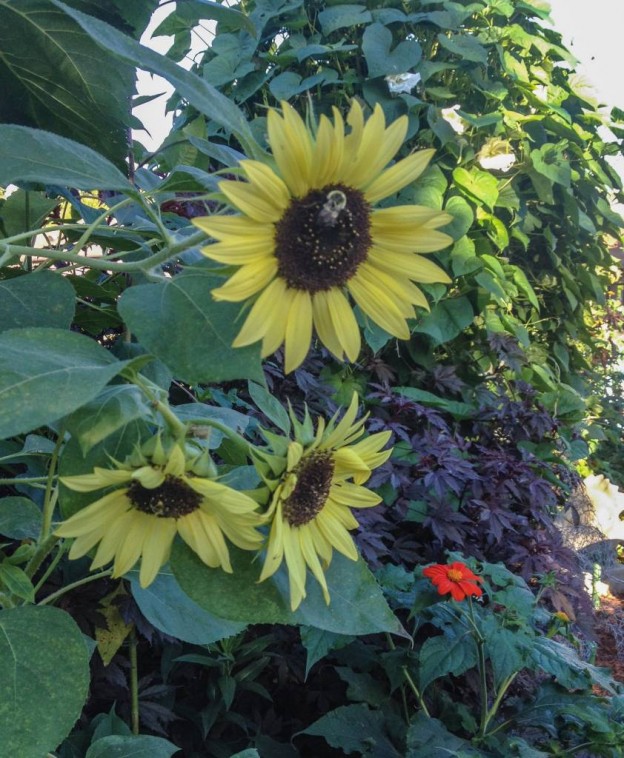
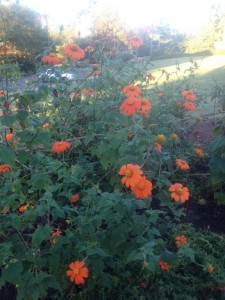 The other day I slipped across the street to check the ‘Better Late Than Never’ garden – ostensibly to check new transplants for water. Really, though, I wanted to see if the butterflies were still there. Now, not just any butterflies (Though I admit I’m partial to them all.) but the imperiled monarch butterflies, who, I was told, are coming through now on their migratory paths. And they were still there, sailing through and landing on the Tithonia rotundifolia ‘Torch’, (Mexican sunflower) feeding on the bright orange blooms. I’m doubly glad now that I left it standing while it was still in full color. I’ve been planting the winter garden under cover of its thickened stems, fully weighted down with its nectar filled flowers.
The other day I slipped across the street to check the ‘Better Late Than Never’ garden – ostensibly to check new transplants for water. Really, though, I wanted to see if the butterflies were still there. Now, not just any butterflies (Though I admit I’m partial to them all.) but the imperiled monarch butterflies, who, I was told, are coming through now on their migratory paths. And they were still there, sailing through and landing on the Tithonia rotundifolia ‘Torch’, (Mexican sunflower) feeding on the bright orange blooms. I’m doubly glad now that I left it standing while it was still in full color. I’ve been planting the winter garden under cover of its thickened stems, fully weighted down with its nectar filled flowers.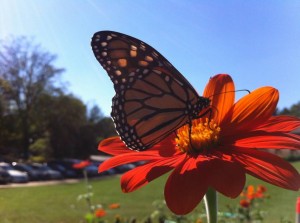 Whether these monarchs spotted the tithonia as they were coming through, or were a result of the butterfly weed
Whether these monarchs spotted the tithonia as they were coming through, or were a result of the butterfly weed 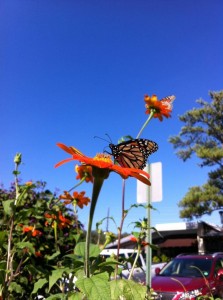
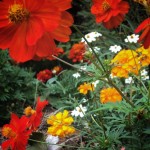

 The temperatures are hopefully trending downward, and you’re thinking about redoing your summer plantings. There seem to be so many choices; it’s normal to feel overwhelmed at the garden shop, even though you probably thought you had it all figured out before you left home!
The temperatures are hopefully trending downward, and you’re thinking about redoing your summer plantings. There seem to be so many choices; it’s normal to feel overwhelmed at the garden shop, even though you probably thought you had it all figured out before you left home!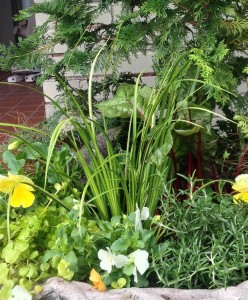 The large planter here is one of a pair, used at the top of stairs leading onto a wide open porch. I took my color cues from the red brick and cream color of the house in choosing my plants, using predominantly yellow with the evergreen Chamaecyparis ‘Crippsii’, yellow variegated Acorus ‘Ogon’, golden creeping Jenny to trail, and Matrix ‘Lemon’ pansies. To this I added ornamental red mustard, and a chard with red stems called ‘Charlotte’. These will add big, bold leaves, beautiful foliage color, and added height.
The large planter here is one of a pair, used at the top of stairs leading onto a wide open porch. I took my color cues from the red brick and cream color of the house in choosing my plants, using predominantly yellow with the evergreen Chamaecyparis ‘Crippsii’, yellow variegated Acorus ‘Ogon’, golden creeping Jenny to trail, and Matrix ‘Lemon’ pansies. To this I added ornamental red mustard, and a chard with red stems called ‘Charlotte’. These will add big, bold leaves, beautiful foliage color, and added height.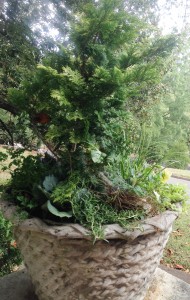 These planters are quite large and can support this variety of plants. In smaller planters, a smaller shrub, some curly parsley, pansies and a trailing plant might be sufficient. Remember, more is always better in planters and windowboxes to give them a lush overflowing feel.These planters will make a definite statement as they grow out.
These planters are quite large and can support this variety of plants. In smaller planters, a smaller shrub, some curly parsley, pansies and a trailing plant might be sufficient. Remember, more is always better in planters and windowboxes to give them a lush overflowing feel.These planters will make a definite statement as they grow out.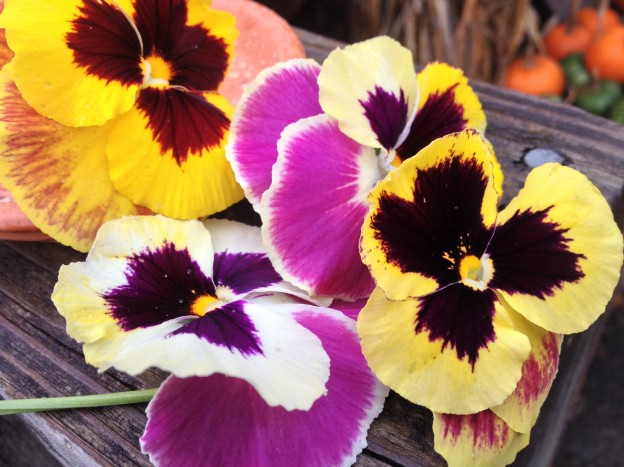

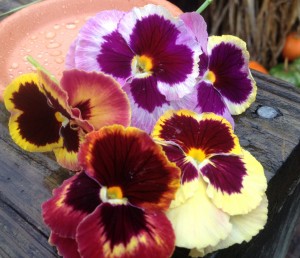
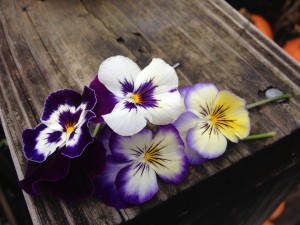
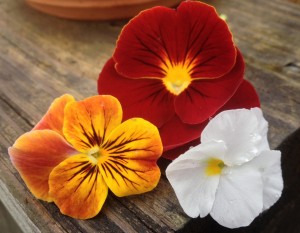
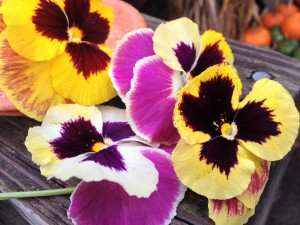

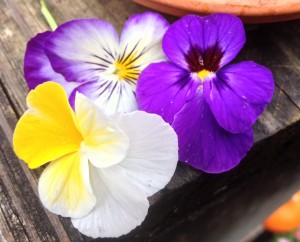

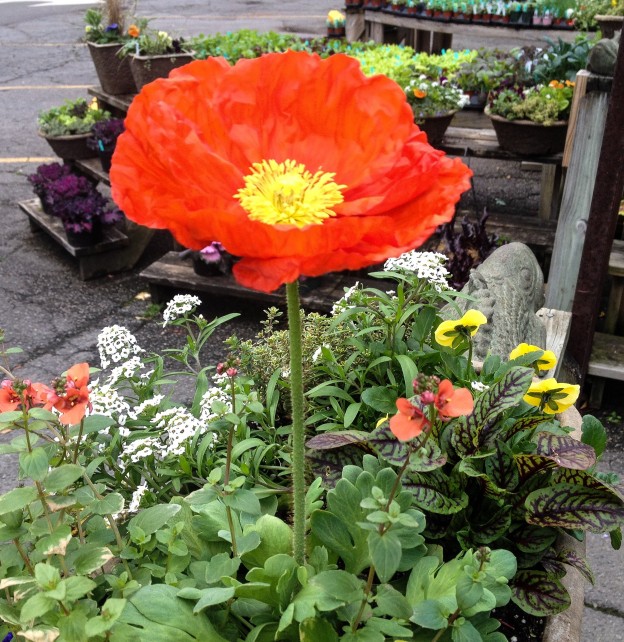
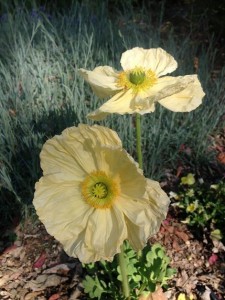 Best planted in the garden in a sunny spot that won’t stay too wet, they’ll grow through the winter getting bigger and bigger. The first fat bud uncurling signals spring isn’t far off, and once they begin to bloom they continue, until, finally, they fade in the true heat of late spring.
Best planted in the garden in a sunny spot that won’t stay too wet, they’ll grow through the winter getting bigger and bigger. The first fat bud uncurling signals spring isn’t far off, and once they begin to bloom they continue, until, finally, they fade in the true heat of late spring.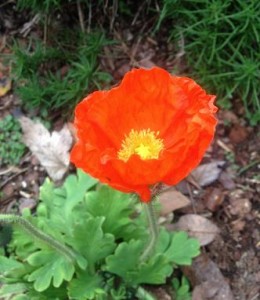 Cut some to bring inside! Here are some tips for cutting your poppy blooms:
Cut some to bring inside! Here are some tips for cutting your poppy blooms: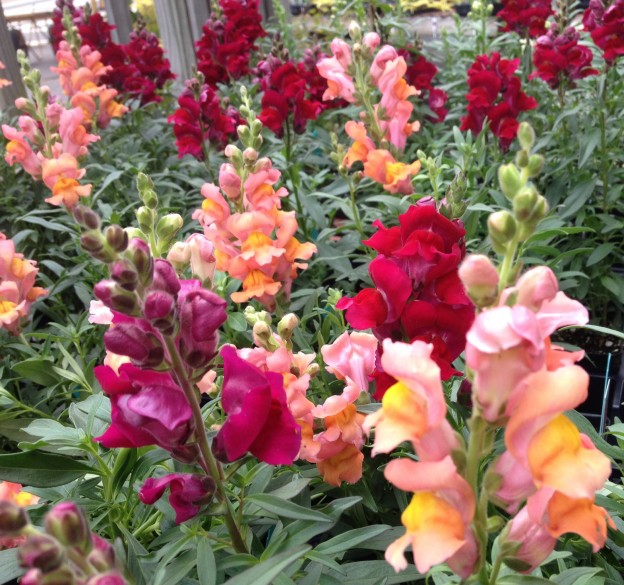
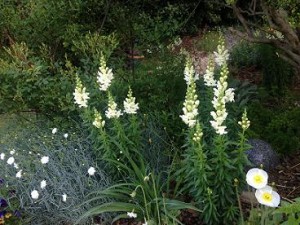
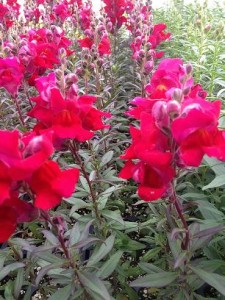 Snapdragons can be purchased in the fall in cell pack flats and in larger pots as well. Many times they’ll be in bloom. When theses initial bloom spikes are finished, cut them back below the faded flowers. This will ensure they’ll branch and be fuller and more robust. Through the winter the plant’s energy will go into growing roots and strong leaves – the beautiful blooms next spring are your reward!
Snapdragons can be purchased in the fall in cell pack flats and in larger pots as well. Many times they’ll be in bloom. When theses initial bloom spikes are finished, cut them back below the faded flowers. This will ensure they’ll branch and be fuller and more robust. Through the winter the plant’s energy will go into growing roots and strong leaves – the beautiful blooms next spring are your reward!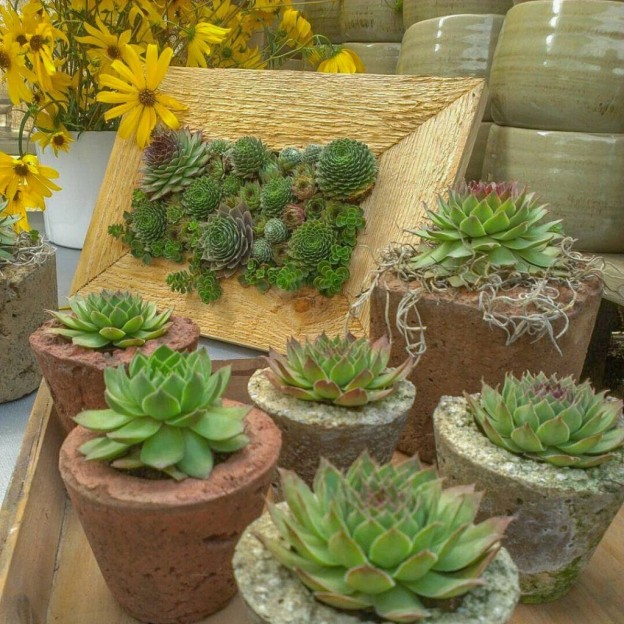
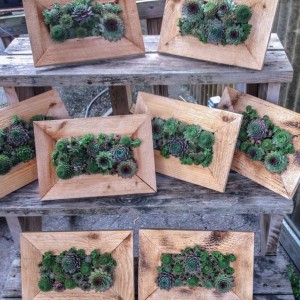
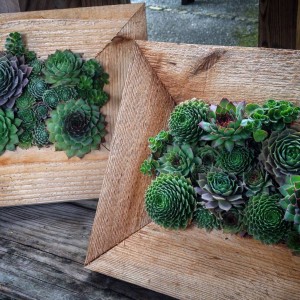
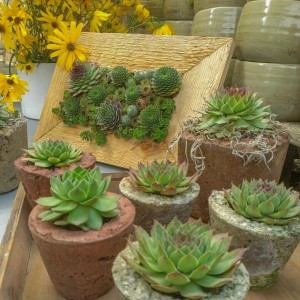
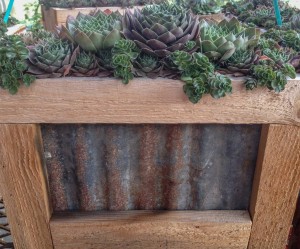
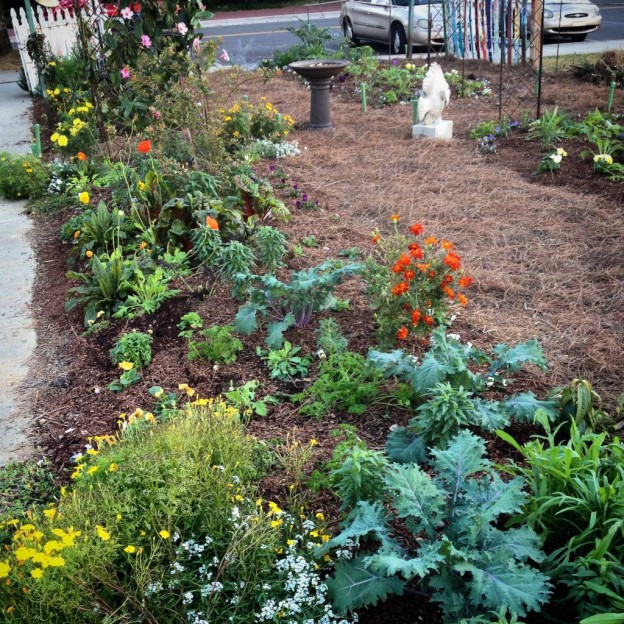
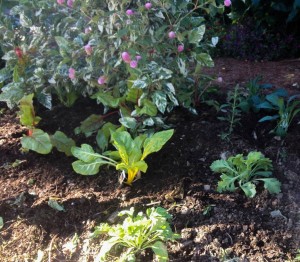

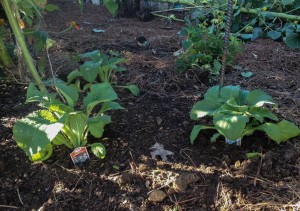

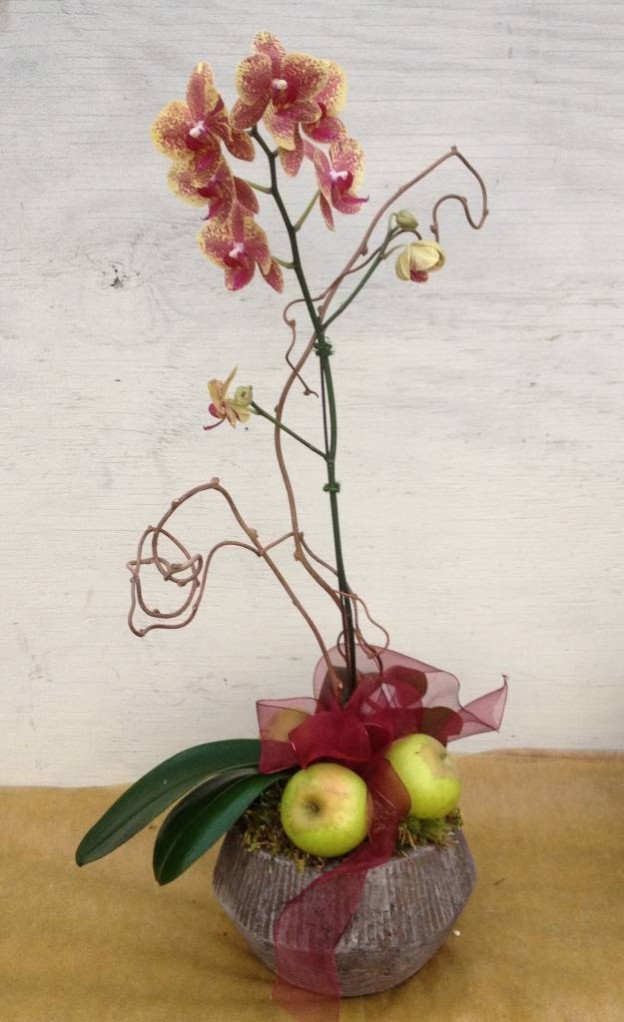
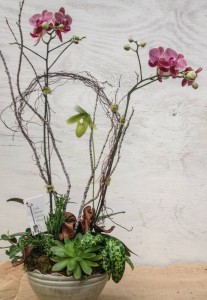
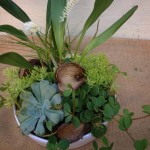 Someone who worked for us many years ago called from North Carolina to order an orchid for her mother’s birthday. She likes succulents too; so a double stemmed phalaenopsis and a lady slipper orchid were paired in a container and succulents nestled at the base. The addition of angelvine and a touch of brown ribbon complete the design.
Someone who worked for us many years ago called from North Carolina to order an orchid for her mother’s birthday. She likes succulents too; so a double stemmed phalaenopsis and a lady slipper orchid were paired in a container and succulents nestled at the base. The addition of angelvine and a touch of brown ribbon complete the design.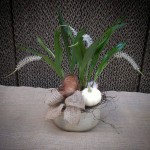
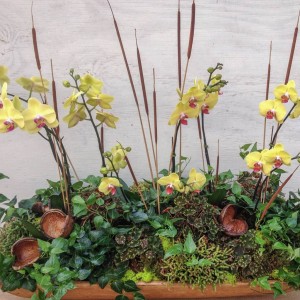
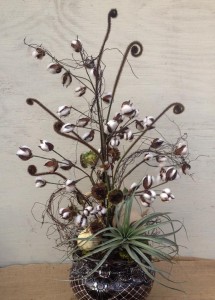 This is just a sampling of the early fall things we’ve been creating! Since we’re always searching for new ideas and ways to make our arrangements more interesting and unique, who knows what we’ll come up with next…
This is just a sampling of the early fall things we’ve been creating! Since we’re always searching for new ideas and ways to make our arrangements more interesting and unique, who knows what we’ll come up with next…